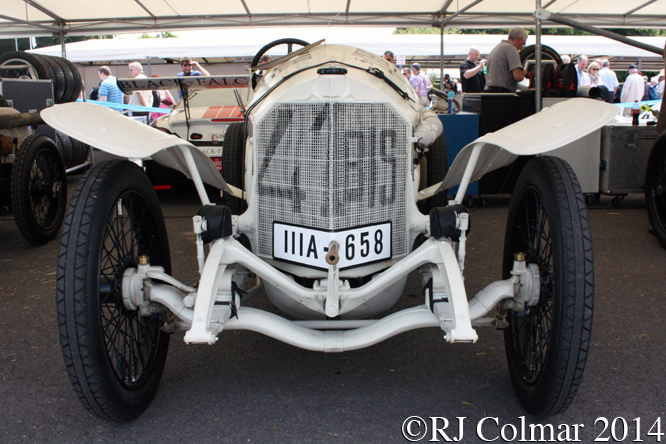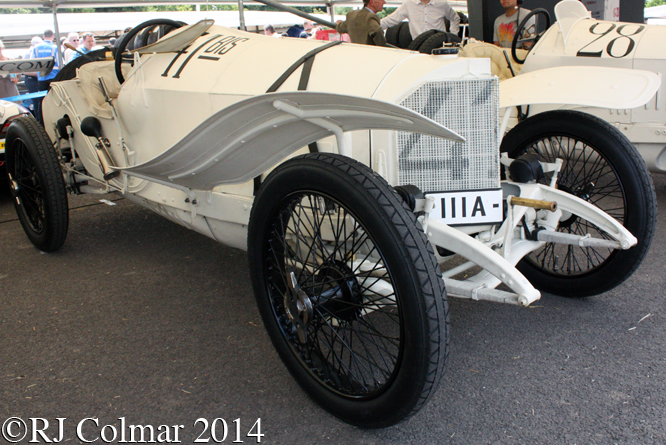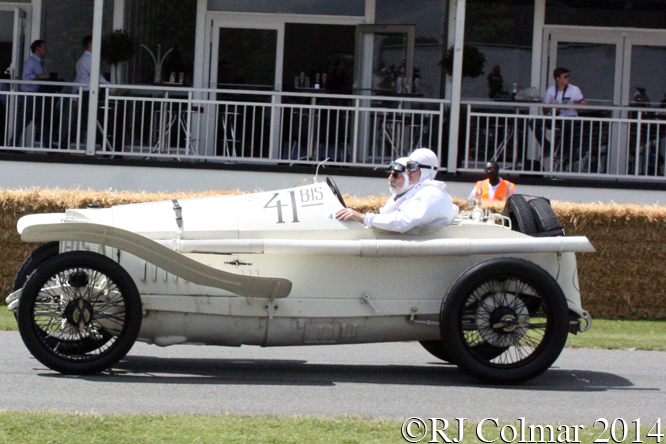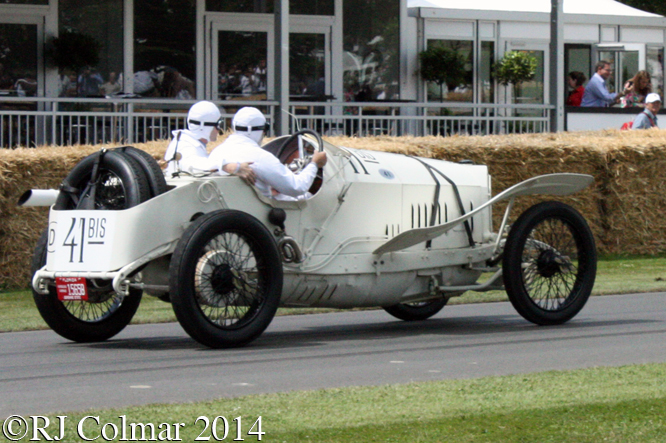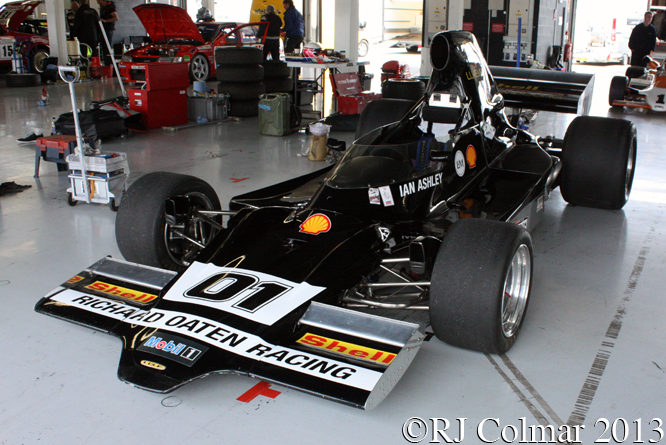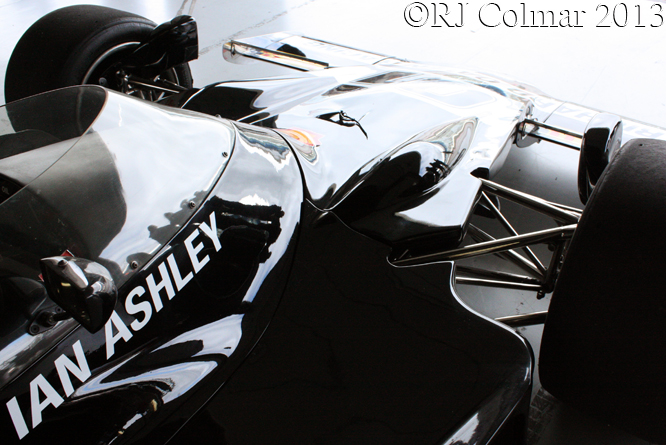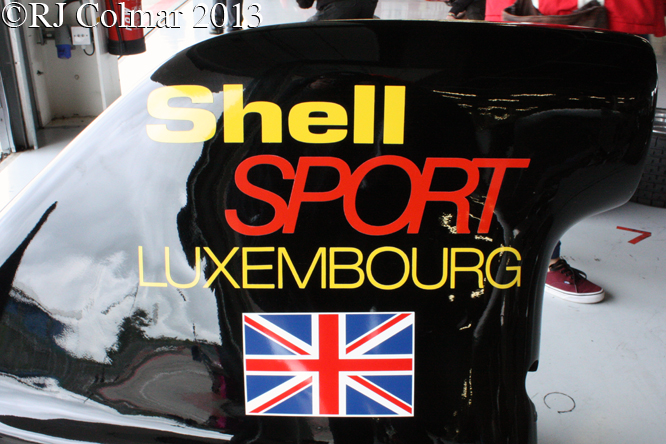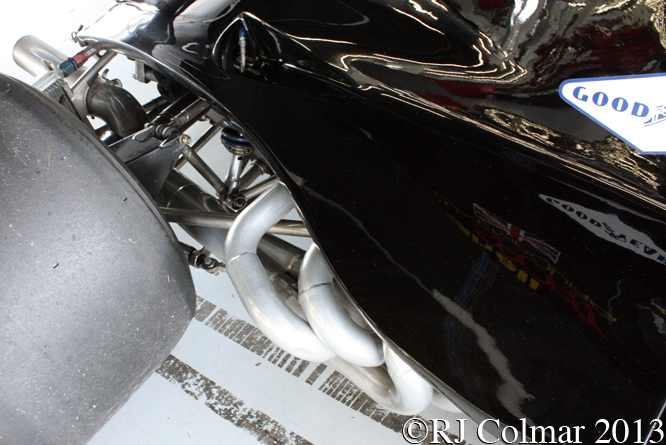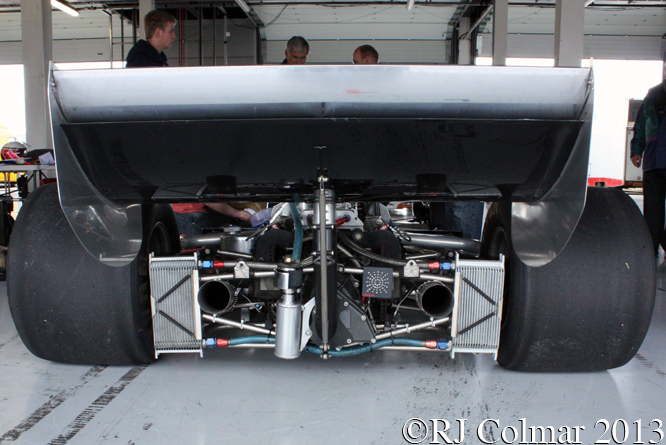The 1922 Targa Florio differed from the French Grand Prix and Italian Grand Prix run that year because entries were not restricted to the 2 litre / 122 cui mandated for the Grand Prix and as a resulted it attracted no less than seven Mercedes entries running with three different engine sizes.
With hindsight the significance of the 1922 Targa Florio is further enhanced because it also attracted entries from Alfa Romeo and Austro-Daimler Sascha which pitted drivers Enzo Ferrari and future Mercedes Benz racing manager Alfred Neubauer together for the first time.
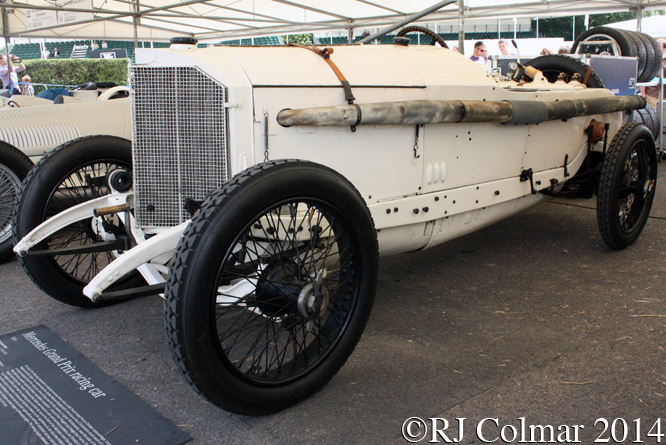
Of the seven Mercedes entered for the 268 mile race Christian Werner drove a normally aspirated 7.2-litre six-cylinder 28/95 Mercedes, Max Saile a supercharged version.
Two supercharged 1.5 litre / 91.5 cui cars were raced by Italian Ferdinando Minoia and Mercedes employee Paul Scheef, finally two works 1914 designed 18/100’s driven by 1908 and 1914 French Grand Prix winner Christian Lautenschlager, who drove today’s featured car and Otto Salzer were joined by the privately entered 18/100 painted red driven by Count Giulio Masetti.
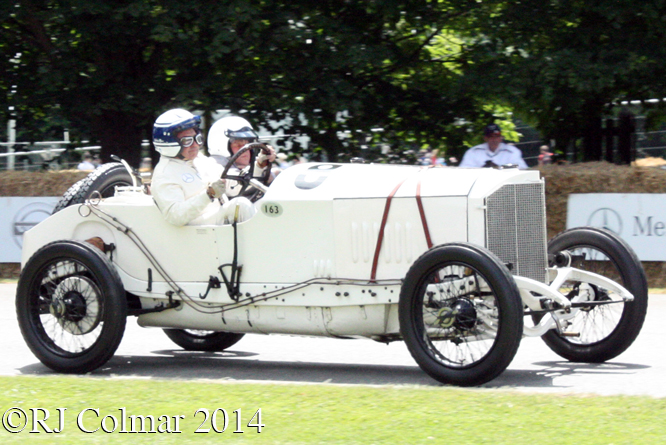
Today’s featured 18/100 appears to have been built new in 1919, with front brakes, using the 115hp 4 1/2 litre / 274 cui 4 four cylinder engine that had been fitted to the fifth 1914 Mercedes French Grand Prix entry driven by Belgian Theodore Pilette that retired in the first hour.
Despite losing the near front and rear wings / fenders of his #42 car Christian Lautenschlager finished the 1922 Targa Florio in 10th place behind the two 28/95’s that finished 6th and 8th driven by Max and Christian Werner respectively and the winning 18/100 driven by Count Giulio Masetti.
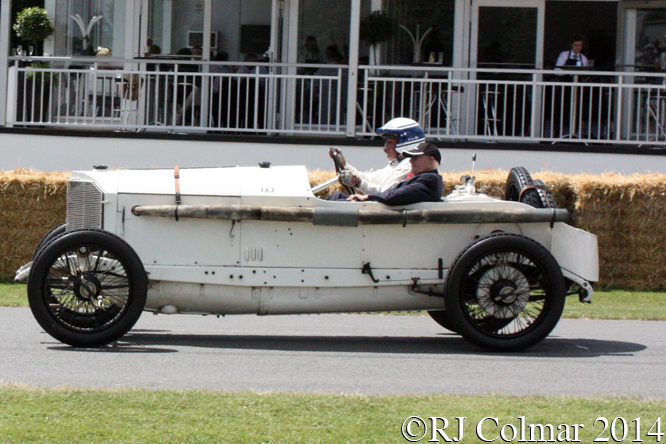
Otto Salzer brought his 18/100 home in 13th place also sans near side fenders, ahead of the only 1.5 litre / 91.5 cui supercharged to finish that was driven by Paul Scheef into 20th place.
On their first competitive meeting Enzo had the advantage and drove 67 hp Alfa Romeo 20/30 ES to a 16th place finish ahead of Alfred in the 50hp Austro Daimer Sascha, but Alfred who finished 19th overall, unlike Enzo claimed a 1,100 / 67 cui class victory.
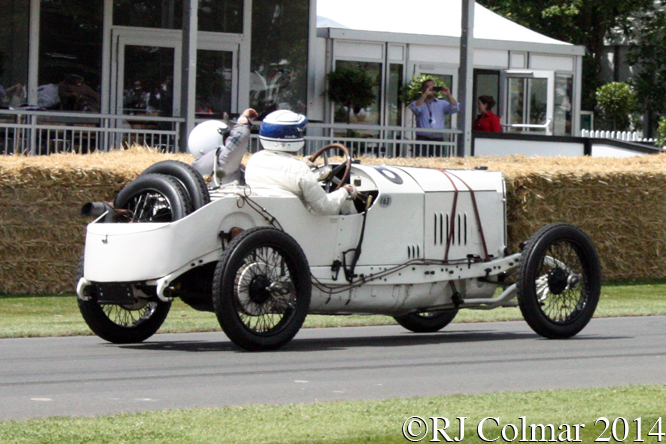
1989 Le Mans winner Jochen Mass is seen at the wheel of the Christian Lautenschlager Targa 18/100 at Goodwood Festival of Speed in these photograph’s, note the car has been prepared to 1914 French Grand Prix spec with out front brakes.
Thanks for joining me on this “1922 Targa Entry” edition of “Gettin’ a li’l psycho on tyres” I hope you will join me again tomorrow when I’ll be looking at another Citroën that had a longer than expected development period. Don’t forget to come back now !


